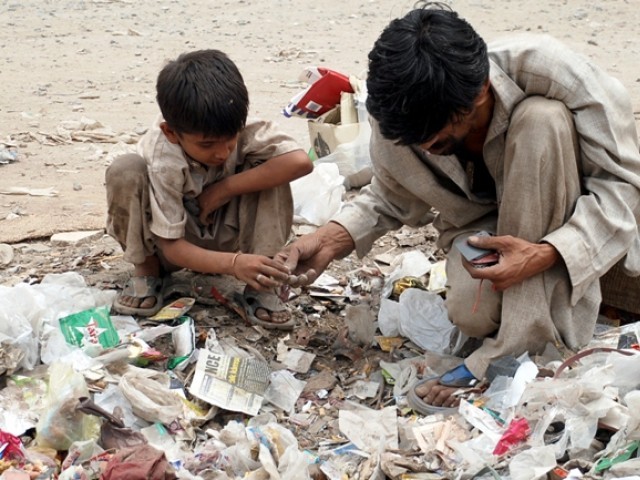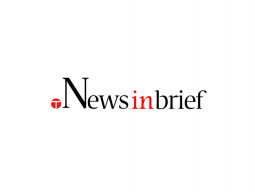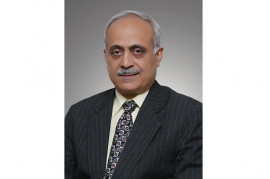
The government has readjusted the country’s poverty line to bring the headcount in line with prevailing socioeconomic conditions and has officially recognised that three out of every ten citizens are poor - a ratio that was earlier just one out of ten.
In absolute terms, 59 million are now being recognised as poor against the earlier figure of 20 million.
Defining poverty
Ministers of planning and finance on Thursday unveiled a new methodology in the presence of international development partners to calculate the percentage of people living below the poverty line.

Pakistan has shifted from a formula based on food energy intake to one based on the cost of basic needs aimed at making the definition of poor more realistic. However, the government again did not change the unemployment definition, which has also become obsolete, recording a 5.9% jobless rate.
Under the new methodology, the poverty ratio was 29.5% in 2013-14, which according to the old definition stood at 9.3%, said Ahsan Iqbal, Minister of Planning and Development, while unveiling the methodology.
After the readjustment, the poverty line is now equal to Rs3,030 per adult per month, up from Rs2,350. According to the new definition, the poverty ratio was 64.3% in 2001 against the old estimate of 34.6%, said the minister.
Finance Minister Ishaq Dar insisted that despite the increase in numbers, poverty was on the decline, no matter which formula was adopted. On the basis of the old methodology, the percentage of people living below the poverty line fell around 25 percentage points from a high of 34.6% in 2001-02 to 9.3% in 2013-14. Dar took credit of taking a bold but politically sensitive step aimed at resolving an eight-year-old dispute over the actual level of poverty.
According to the new methodology, the poverty ratio dropped from 64.3% in 2001 to 29.5% in 2013-14. The poverty in rural areas was high compared to urban areas. Over one-third of the rural population is classified as poor against less than one-fifth in urban centres.
‘Rural development key to poverty reduction’
In absolute terms, the new poverty line will allow up to 7.6 million households to be classified as poor against 3 million households who were considered poor earlier.
In addition to the 59 million poor, 20 million people were classified as vulnerable and any economic shock may pull them below the poverty line, said the planning minister.
“Adoption of the new poverty line will help in the inclusive distribution of benefits and services, especially to the most vulnerable,” said Patchamuthu Illangovan, Country Director of World Bank. He said the government had taken a bold step to adopt a more inclusive poverty line.
Last time, the headcount of poor was calculated in 2001. Since then, ground realities had changed altogether and there had been many structural reforms, liberalisation measures, social safety nets, higher remittances and natural calamities, said the planning minister.
He stressed that it was not unusual for countries to revisit their poverty threshold when it got as low as it had in the case of Pakistan. The resetting would bring the headcount of poor in harmony with the prevailing socioeconomic conditions, Iqbal said.
He said the government had decided to set the reference group - the basket of food and non-food items on which poverty is calculated - at 10-40%.
“Setting aside politics, we are committing ourselves to a greater challenge because continuing with the 2001 poverty line would have tagged roughly 20 million people as poor and the readjustment raises it to 60 million, so we are raising the bar for ourselves.”
The minister said the government had incorporated suggestions of all poverty experts besides seeking advice from renowned development experts like Martin Ravallion and John Gibson who reviewed the findings.
Published in The Express Tribune, April 8th, 2016.
Like Business on Facebook, follow @TribuneBiz on Twitter to stay informed and join in the conversation.






















1714034954-0/WhatsApp-Image-2024-04-25-at-1-48-04-PM-(1)1714034954-0-270x192.webp)





















COMMENTS (18)
Comments are moderated and generally will be posted if they are on-topic and not abusive.
For more information, please see our Comments FAQ